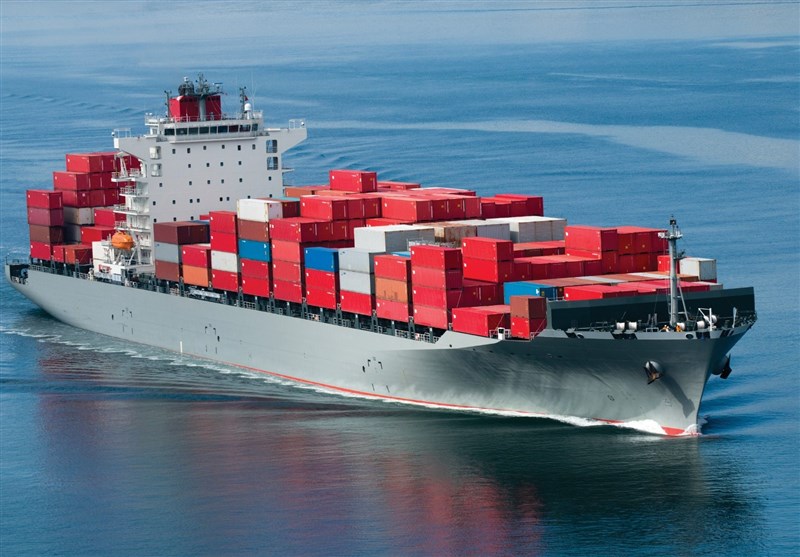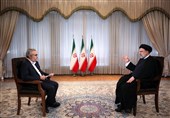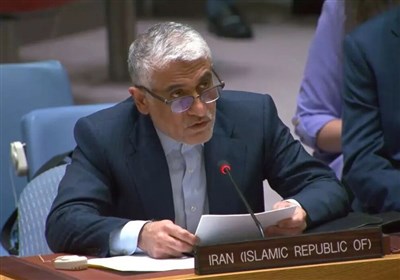Iran’s Exports to EU Rise Significantly in May, Imports Down by 8%
TEHRAN (Tasnim) – Iran’s exports to EU countries rose by 45% year on year in May, according to figures by the European Union’s statistics agency (Eurostat).
Eurostat figures showed that Iranian exports to the EU countries had risen by 45% year on year in May to reach €102 million (nearly $103 million).
The figures showed that Iran’s imports from the EU had reached €300 million, down 8% from May last year.
Trade between Iran and the 27-member EU had reached a total value of €2.075 billion in the five months to May, up more than 12% compared to the same period in 2021.
Iranian exports to the EU rose 39% year on year in January-May to top €465 million, while imports from the EU rose 6% over the same period to reach €1.61 billion, showed the Eurostat figure.
Germany was Iran’s largest trade partner in the EU in the five months to May as trade between the two countries rose 6% year on year to stand at €779 million with Iranian exports accounting for €131 million of the shipments.
Iranian trade with the EU has rebounded from historic lows reported in recent years as the country has managed to overcome the economic difficulties caused by a series of American sanctions imposed in 2018.
Iran has sought to capitalize on the opportunities created by the US sanctions by encouraging more activity in the non-oil sector of its economy and by supporting increased trade ties with the rest of the world.
Meanwhile, Iranian customs office figures show foreign trade reached a milestone of more than $100 billion in the calendar year to late March.
Central Bank of Iran (CBI) figures show foreign exchange revenues driven from the country's non-oil exports have increased by more than 82% in the nearly four months to July 17 compared with the same period in 2021.
The CBI said in a Sunday statement that exports proceeds supplied to a government-run foreign exchange system known as NIMA had exceeded $13.5 billion since the start of the calendar year in late March.
It said exporters had sold more than $167 million worth of their proceeds to importers on the NIMA system on Sunday.
Facing a tight supply of foreign currency in 2018 because of US sanctions, Iran introduced regulations requiring exporters to sell their forex proceeds to importers on NIMA where the exchange rate is normally lower than the market.
However, the amount of foreign currency supplied to NIMA can have a major impact on rates in the unofficial market in the Iranian capital Tehran.
One US dollar sold for 321,000 Iranian rials at the close of trade in the market in Tehran on Sunday, slightly down against figures reported on Saturday.
Iran has increasingly relied on non-oil exports in recent years to offset the impacts of US sanctions on its direct sales of oil.
A bulk of the forex proceeds supplied to NIMA are driven from Iran’s exports of petrochemicals with figures by the CBI and the Iranian customs office showing that petchem shipments to China and neighboring countries have surged in recent months.
Exporters of minerals and agricultural products have also been among major suppliers of foreign currency to the CBI-controlled NIMA since the system was launched four years ago.






